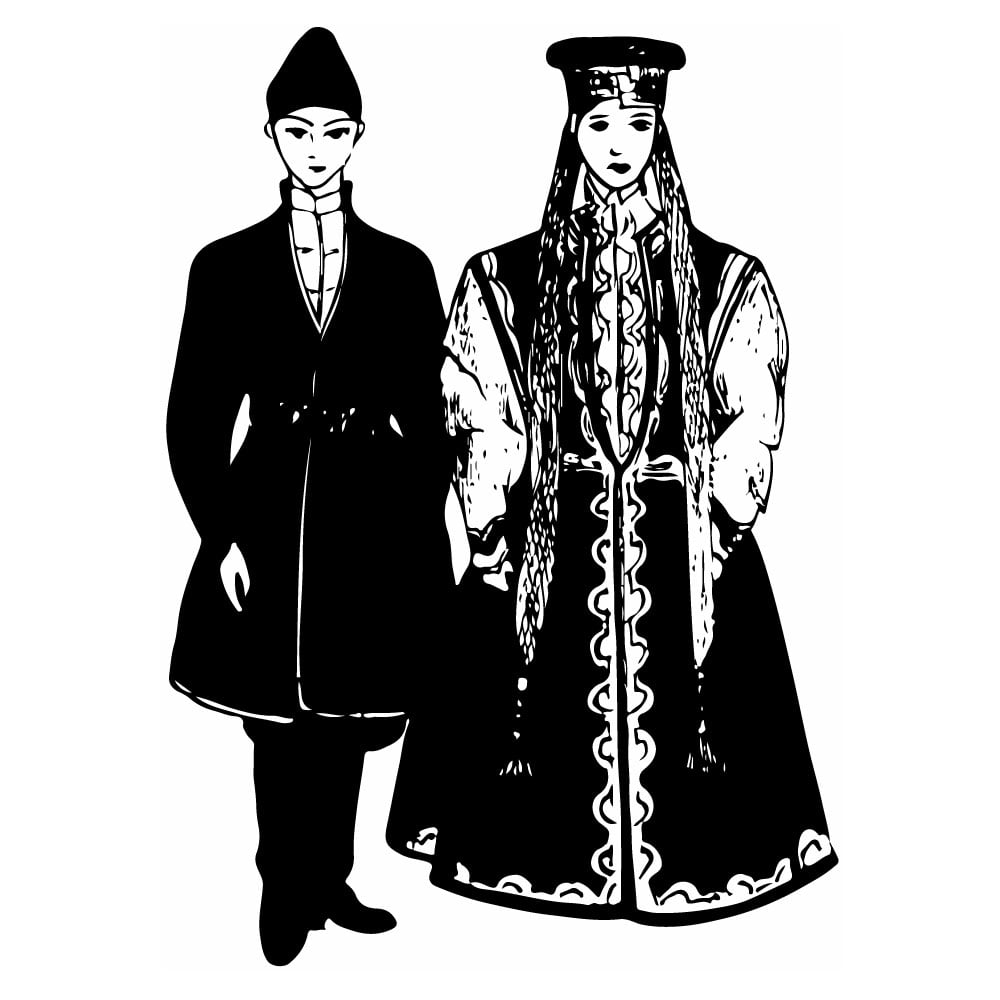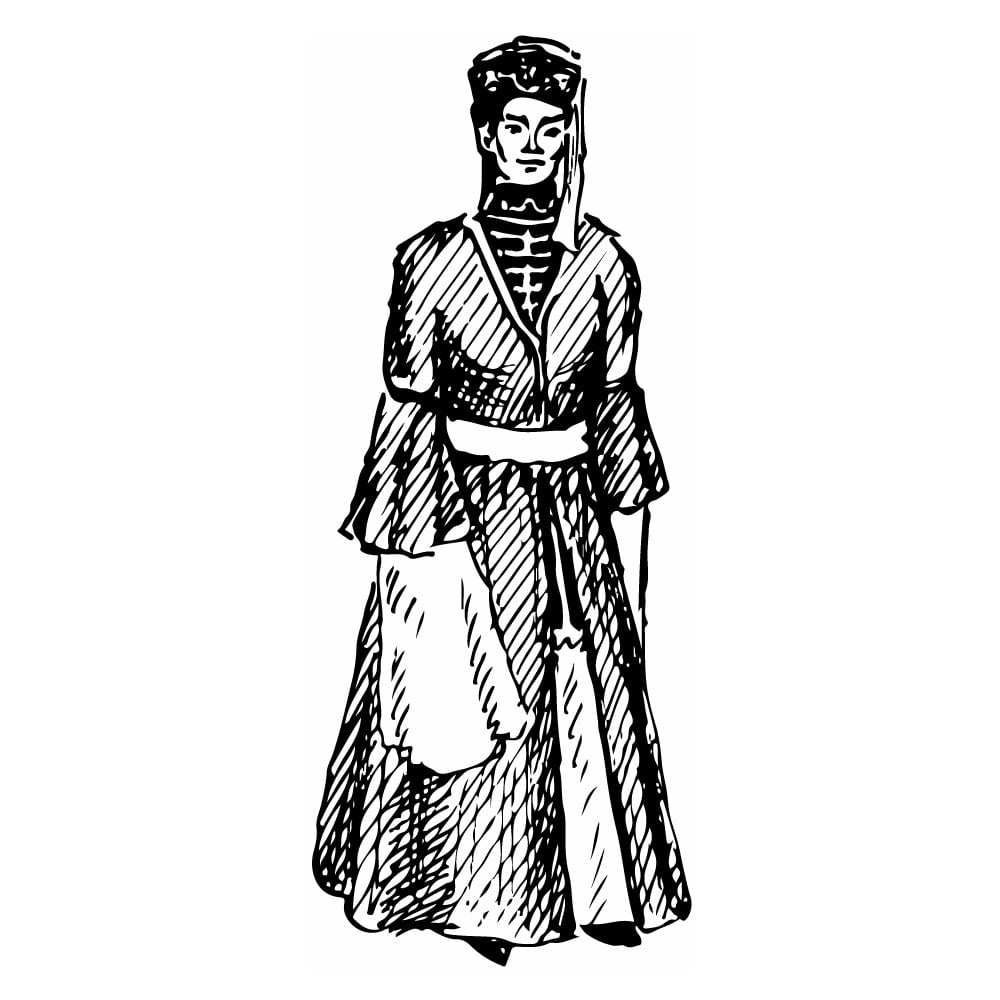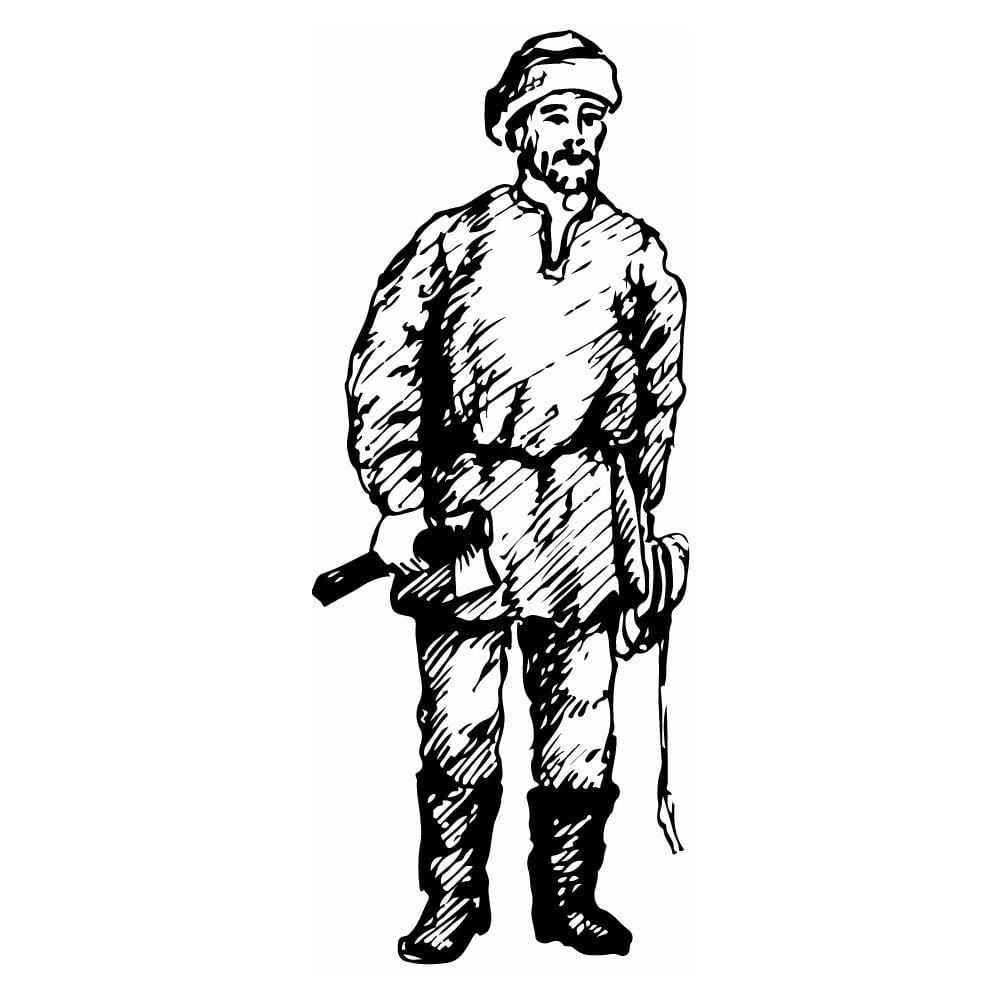Shors
| Population | 19,000 |
| Language group | Turkic languages |
| Language | Shoric |
| Region | Kuznetsk Alata, Middle Tomi River basin, the southern parts of Kemerovo region, South Siberia |
| Religion | Shamanism |
*Population estimates for 1994
The official name “the Shors” (or Shor as they call themselves) was finally established at the beginning of the twentieth century. By that time, the Shors did not have a self-called name; however, they did call themselves by the family names of the Karga, Kyi, and so on. Sometimes a Shor would call himself by the name of the river or locality he lived in. A few examples of this are the “Mrass Kizhi” (people of the Mrass territories), “Chysh Kizhi” (off-taiga people), or “Chernevoy” (taiga people).
From the language and folklore investigations, the Shors are of the Turkirized and Ugric descendants, as well as the Samoyed-speaking tribes and the Keto-speaking aborigines of the northern taiga parts of Sayano-Altai Highlands. Anthropologically, the Shors are physically related to the Khants and Mansi by their stature.
At the beginning of the seventeenth century, the Shors were primarily engaged in the blacksmith trade. It was so characteristic of this people that the Russian historical papers often called them the “blacksmith people.” By that time, the Shors not only forged many metal items, but they also mined and fused iron ore available in those territories. Agriculture was concentrated to the deforested southern gentle slopes.
The Shor culture and everyday life underwent many changes during their time as a part of the Russian state. The blacksmith work had completely vanished by the end of the eighteenth century and it had great influence on the industrial balance of the Shor economy. Since that time, they entered into occupations of fur hunting and agricultural development. The Russian merchants penetrated the taiga area causing the cedar nut trade to become profitable business for the Shors.
The dressing style of the Shor people differed according to the northern and southern groups, as well as thier social status. The usual Shore dress was a shirt and trousers. In rainy and cold weather, they would wear a robe made of homewoven hemp canvas and put it on over it their clothing. In the winter they would put this robe over another one. Smoked skin, chirki or charyk, was used for footwear and they also had deerskin boots. Women’s clothing was the same as the men’s except for dress and shirt. The overall robes were made of factory-made fabric with the breast decorated with embroidery.
The Shors’ everyday life was influenced by the Russians. The cut wood houses and the much warmer, comfortable clothing was all borrowed from the Russians. The highly developed verbal art came in many different styles. The main styles were heroic poems, songs, sayings, fairy tales, and legends.
The Shor people were considered to be Orthodox; however, even after being baptized, they preserved their shamanistic beliefs. These were tightly connected with the hunting trades. They participated in different sacrifices to “patrons of mountains and forests” whose will and wish (as the Shors believed) determined the success in hunting. The Shors also tried to revive and propitiate the souls of the killed animals. Shor families professed the cult of “mountain masters” of their own hunting territories.
Everyday life for the Shor people has changed greatly. They are now found to be industrial workers. They live in cozy, modern apartments and have all the modern conveniences. Today, the Shors use modern factory-made clothes, while only a few women who work on collective farms wear the old fashioned canvas robes.
This is Ad 1





























